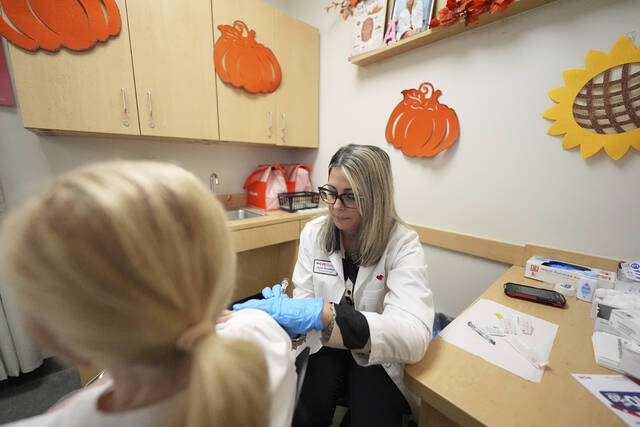| IN A NUTSHELL |
|
In today’s digital age, the presence of smartphones in nearly every aspect of life is undeniable. From work to leisure, these devices have become an inseparable part of our daily routines. However, a recent study from the Beth Israel Deaconess Medical Center in Boston suggests that this integration may come with unexpected health risks, particularly when it involves using smartphones in the bathroom. The study, published in PLOS One, highlights a significant link between prolonged smartphone use on the toilet and an increased risk of developing hemorrhoids. This revelation urges a closer examination of how this common habit might be affecting our health.
The Hidden Risks of Bathroom Phone Use
The study in question surveyed 125 adults undergoing routine colonoscopies. It revealed that 66% of participants admitted to using their smartphones while on the toilet. Interestingly, 43% of these individuals had visible hemorrhoids upon endoscopic examination. The study found a 46% increased risk of hemorrhoids among those who frequently used their phones in the bathroom. This association remained statistically significant even after adjusting for variables such as age, sex, body mass index, physical fitness, dietary fiber intake, and straining habits.
Experts point out that the core issue is the extended time spent sitting on the toilet. Whether this duration is prolonged by scrolling through social media or reading a book, the outcome appears to be the same. The digital age has shifted our attention from newspapers to screens, and the captivating nature of smartphone applications exacerbates this trend. As noted by gastroenterologist Trisha Pasricha, digital content is designed to engage users more effectively than traditional print media, potentially leading to longer bathroom sessions.
Understanding the Physical Impact
The act of sitting on a toilet for extended periods can have adverse effects on the body. The human anatomy is not well-suited for prolonged toilet sitting, which can increase pressure and offer minimal pelvic floor support. These conditions create an environment conducive to the engorgement of hemorrhoidal cushions, leading to discomfort and potential medical issues.
The study’s findings are supported by data showing that 37.3% of smartphone users spend more than five minutes per bathroom visit, compared to only 7.1% of non-users. This disparity underscores the need to reevaluate how technology influences our daily habits and health outcomes.
| Smartphone Users | Non-Smartphone Users | |
|---|---|---|
| Percentage of Participants | 66% | 34% |
| > 5 Minutes Per Visit | 37.3% | 7.1% |
| Risk of Hemorrhoids | +46% (adjusted) | Reference |
Recommendations From Medical Professionals
Medical experts offer several practical recommendations to mitigate the risks associated with bathroom smartphone use. The simplest advice is to leave the smartphone outside the bathroom whenever possible. For those who find this difficult, limiting time spent scrolling to no more than five minutes is advised. Using a timer or setting behavioral cues, such as standing up after two songs, can help enforce this limit.
Additionally, altering one’s sitting posture can be beneficial. Utilizing a small stool to elevate the feet can mimic a squatting position, which is more natural and physiologically advantageous for the body. Maintaining a straight back and elevated knees can further reduce the risk of hemorrhoid development. These adjustments are simple yet effective ways to promote better bathroom health.
Considerations and Limitations of the Study
While the study presents compelling evidence, it is not without limitations. The authors caution that correlation does not imply causation. There is also potential for subjectivity in endoscopic reports, and the study’s population predominantly consisted of individuals over 45 years old. Furthermore, the relatively recent emergence of smartphone use in bathrooms means long-term effects remain uncertain.
These findings encourage further research to explore the broader implications of this common habit. As smartphone usage continues to evolve, understanding its impact on health becomes increasingly important. What other aspects of our health might be influenced by our reliance on these devices, and how can we balance convenience with well-being?
This article is based on verified sources and supported by editorial technologies.
Did you like it? 4.6/5 (27)
Source link

